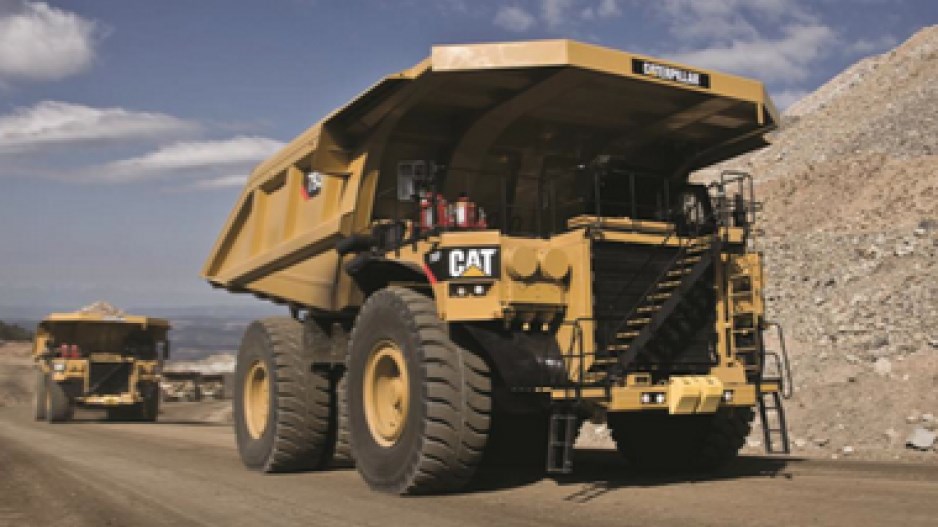The global mining industry could be paving the way for a major supply shortage as miners are holding off on new projects and looking to slow the completion of ones in the works as they face the worst commodity price collapse since 2008, research house Wood Mackenzie warns.
In a presentation prepared for clients at LME Week in London, the firm’s vice chairman of metals and mining research, Julian Kettle, draws together the overall outlook for metals, citing the challenges of lower commodity prices, pressure from shareholders to curtail investment and a new reality of lower demand growth. Wood Mackenzie concludes that if the industry fails to invest the US$150 billion required to meet future supply needs, looming supply shortages will follow.
"The need for investment is becoming desperate in zinc and lead and will be an issue in copper in the next few years,” Kettle writes. “Unfortunately there is little appetite to invest with prices cutting into the cost curve, low free cash-flow, surpluses building, difficulty in financing and shareholders demanding dividends."
China yet to hit ‘great wall’
Across base metals, Wood Mackenzie predicts that iron ore and steel Chinese consumption growth rates will continue to fall dramatically until 2020, compared with the past five years.
Far from being interpreted as a bleak outlook, this view is somehow optimist, as the research house believes that Chinese demand hasn't hit a great wall just yet.
“The scale effect, i.e. the sheer volume, still translates into significant incremental demand and good growth in tonnage terms. China will account for between 58-69% of global total demand growth for base metals over the next decade," Kettle notes.
While producers have reacted to sustained lower prices since 2011 with some production cuts, Wood Mackenzie's analysis reveals that across base metals, further output reductions are needed to ensure production is economic at current prices:
"In Aluminum, we have the all in price showing around 60% of the Chinese smelters are loss making at current price levels. But in China, state support and the need to generate VAT receipts and power cross-subsidies will mean cutbacks will be a long time coming.
"In Copper, prices are hovering around the 90th percentile price plus sustaining capex – a measure we use to assess where production sits on the cost curve. We're expecting a further 400-500 thousand tonnes (kt) of cuts to offset the ramp up of projects and to prevent surpluses building significantly. If more curtailments are not forthcoming, prices will test marginal (90th percentile) costs of $2/lb.
"In Nickel, we conclude that 55% of the industry is loss making on a cash basis at current price levels, but there appears to be little appetite to cut with just 30kt of production cutbacks so far. The market is focussing on the slow pace of Indonesian nickel pig iron development and nickel stock drawdown over the next 3-4 years rather than high above ground stocks unavailable to the market.
"In Zinc, prices had held up much better with only a very low percentage (around 10-15% of zinc miners are losing cash at current price levels) losing money on a cash basis at current prices. Prices would have to be much lower to precipitate more cuts yet the market is relatively balanced and trending to deficits until 2019 so one questions the need for cuts from a fundamental perspective."
For those who buck the trend, there is an upside, says Mackenzie. "As we've witnessed in our cyclical industry, we believe that the winners will be those producers who invest counter-cyclically. The industry needs to sow the seeds for its future – without investment a critical shortage will follow," Kettle concludes.




